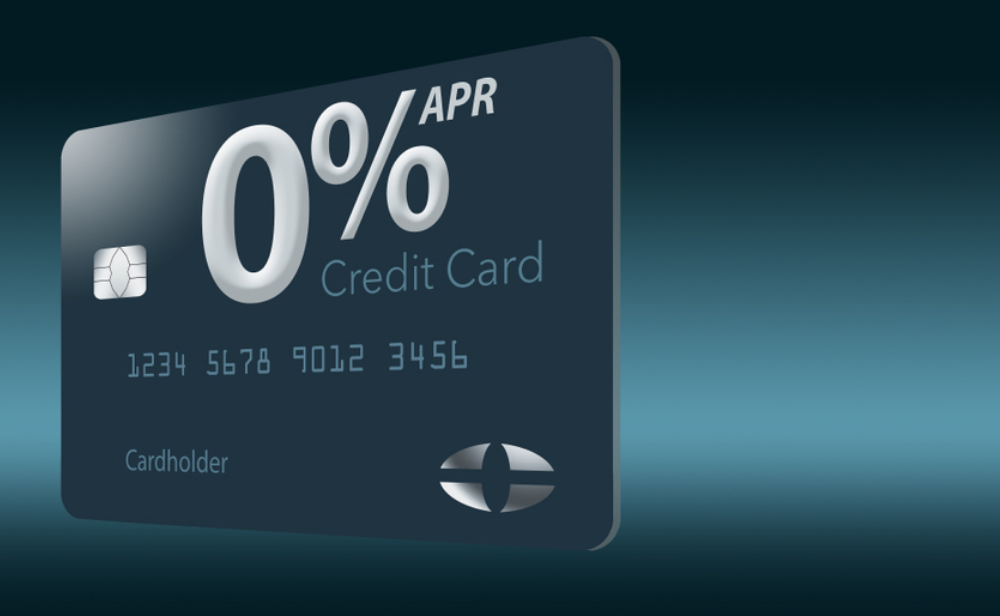What is a Good Annual Percentage Rate For Credit Cards?
Ever heard the term APR? An APR stands for the annual percentage rate. You might have come across this term while you shop for an auto loan, credit loan, mortgage, and applying for credit cards.
When you talk about credit cards, an annual percentage rate is the issuer’s interest rate charged when a balance is carried on your credit card. A bank uses annual percentage rate while calculating the interest charged monthly, even though it is expressed as an annual percentage rate.
Should we dive deeper into what credit card APRs are and how to find a good APR for a credit card the next time you shop for a new one?
Table of Contents
What a Good Credit Card Annual Percentage Rate Looks Like
A good APR is anything less than 14% for a credit card when your credit score falls somewhere on good credit. But if you fall on an excellent credit score spectrum, you can easily qualify for the best annual percentage rate, such as 10%.
Sadly, if you have a poor or bad credit score, the best APR your card issuer can make available for you would be anything more than 20%. You might not believe this, but the best-secured credit cards used to build credit mostly have a credit card APR that starts from 22.99%.
Usually, you will find the highest credit card interest rates on the following types of credit cards;
- Bad Credit Credit Cards / Poor Credit Credit Cards
- Store Credit Cards
- Cashback Credit Cards
- Travel Credit Cards
Credit cards with the lowest APR tend to have lower interest rates. Most of these low-interest credit cards are from credit unions. A few of the best credit cards with the lowest interest have 12% to 14% of the credit card annual percentage rate.
The best part about the union credits is that a few popular ones offer 5.99% to 8% interest rates on their credit cards to the people who have the most creditworthy as a member of them.
To provide a little context, 15.49% to 22.61% is the average credit card APR charged for all credit card types as of June 2020. Different credit cards offer different APR ranges instead of having a single, across-the-board rate for all transaction types.
If you don’t want to decrease your chances of getting the lowest interest credit card approved by your credit card issuer, you should work on building at least a good credit score profile.
It would be best if you aimed to become an excellent credit profile holder because these are consumers who easily qualify for the lowest credit card annual percentage rate credit cards.
Credit cards, in general, do not come cheap when you compare them with the interest rate of a personal loan on average. The interest rate is nothing but a mere 9.41%. Even if you successfully get a good credit card annual percentage rate, it is most likely that the credit card’s interest rate is higher than it.
However, you still should try your best to get the best annual percentage rate on the credit card, specifically when planning on carrying a balance.
We would love to explain three different APRs to give you a sense of how the difference in interest rate percentage can make a bigger payment difference as you pay off your credit card debt. The statements will show you how much to pay off debt on $10,000 of the credit card with $300 month to month based installments with three variants of interest rates.
10% interest rate: The total paid interest would be $1,764 in 3.3 years. The total amount of the credit card debt paid is $11,764.
14% interest rate: The total paid interest would be $2,738 in 3.6 years. The total amount of the credit card debt paid is $12,738.
18% interest rate: The total paid interest would be $3,967 in 3.9 years. The total amount of the credit card debt paid is $13,967.
See how big of a difference is in the total amounts each person would have paid with different interest rates.
Different Kinds Of APRs For Credit Card
It may sound bizarre to most of you reading this blog, but yes the annual percentage rates or annual percentage rates for credit cards have different types.
Let’s explain these types of credit card APRs to you briefly;
Purchase APR: The standard interest rate charged on your credit card while making a new purchase is a Purchase APR. Simply put, it is the most basic rate you would get charged. It gets applied to your balance carried into the next billing cycle.
Introductory APR: The special offer to get the cardholder excited is called Introductory APR. You may know it by its other name, Promotional APR. These 0% introductory APRs usually come with an expiration period that typically lasts for 12 to 18 months after opening the account.
Cash Advance APR: The short-term loan people often withdraw from their credit limit against an advanced cash payment to the card issuer is called Cash Advance APR. Most credit card companies allow their consumers to withdraw this loan. But, cash advance APRs are also attached with separate and higher interest rates than any other APRs.
Balance Transfer APR: Balance Transfer APR, the name says it all. An APR that gets charged while you transact your balance from one credit card to another.
Penalty APR: The interest charged at late payments is called Penalty APRs. These charges vary from customer to customer. However, it can get up to 30% higher for the payments paid after 60 days.
Conclusion
It is best recommended that you do your homework while planning on having a credit card to know what you are committing to before actually getting it. It would be best if you also considered APRs in their totality, specifically speaking, which have to come into effect after the promotional APRs period finishes.






